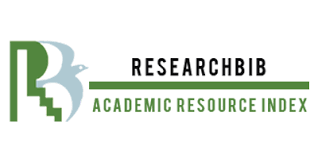DIFFERENCES BETWEEN METHODS OF TEACHING FOREIGN LANGUAGES
Keywords:
Grammar-Translation Method, Direct Method, Audio-Lingual Method, Communicative Language Teaching, Task-Based Language Teaching, Total Physical Response, The Silent Way, The Natural Approach, Content-Based Instruction, Immersion Method\Abstract
Teaching foreign languages has evolved over the years, with educators experimenting with different methods to enhance language learning and teaching foreign languages is a complex and dynamic process that requires careful consideration of various methods and approaches. This article delves into the diverse approaches used in teaching foreign languages, highlighting their unique characteristics, advantages, and limitations, we will explore and compare different methods used in teaching foreign languages, highlighting their strengths and weaknesses.
References
Brown, H. D. (2007). Principles of language learning and teaching. Pearson Education.
Larsen-Freeman, D., & Anderson, M. (2011). Techniques and principles in language teaching. Oxford University Press.
Richards, J. C., & Rodgers, T. S. (2014). Approaches and methods in language teaching. Cambridge University Press.
Celce-Murcia, M., Brinton, D. M., & Snow, M. A. (2014). Teaching English as a second or foreign language. Cengage Learning.
Nunan, D. (2004). Task-based language teaching. Cambridge University Press.







